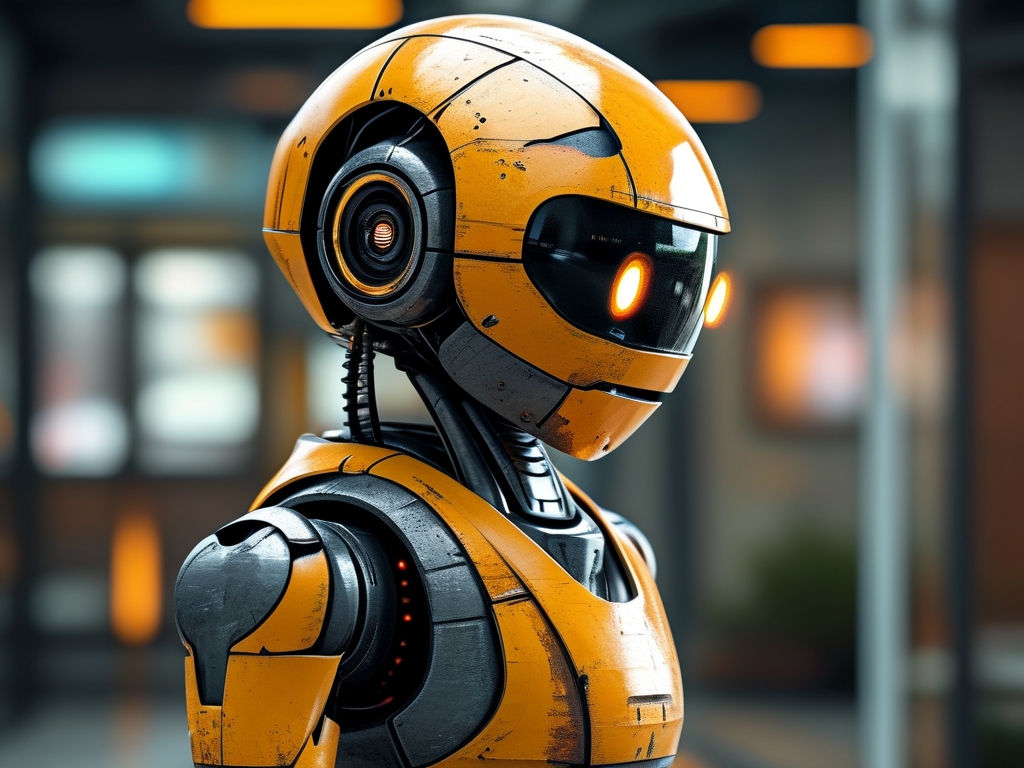The 21st century has witnessed unprecedented advancements in robotics, driven by breakthroughs in artificial intelligence (AI), sensor technology, and data analytics. Among these developments, robotic integration technology—the seamless combination of robotics with other cutting-edge systems like IoT, cloud computing, and human-machine interfaces—has emerged as a transformative force. This technology is redefining industries, augmenting human capabilities, and addressing complex global challenges.

1. The Concept of Robotic Integration Technology
Robotic integration refers to the fusion of robotic systems with complementary technologies to create cohesive, intelligent workflows. Unlike standalone robots, integrated systems leverage real-time data exchange, adaptive algorithms, and cross-platform interoperability. For example, a manufacturing robot equipped with IoT sensors can communicate with supply chain databases, adjust production based on demand forecasts, and even self-diagnose maintenance needs. This synergy enables robots to operate not as isolated tools but as dynamic components within larger ecosystems.
2. Applications Across Industries
Manufacturing and Logistics
The manufacturing sector has been a pioneer in adopting robotic integration. Collaborative robots (cobots) work alongside humans on assembly lines, using AI to learn from workers’ movements and optimize tasks. In warehouses, autonomous mobile robots (AMRs) integrated with warehouse management systems (WMS) streamline inventory tracking and order fulfillment. Companies like Amazon and DHL report 30–50% efficiency gains through such systems.
Healthcare and Surgery
In healthcare, robotic integration is revolutionizing diagnostics and surgery. Surgical robots like the da Vinci system combine precision mechanics with AI-driven imaging, allowing surgeons to perform minimally invasive procedures with sub-millimeter accuracy. Meanwhile, integrated robotic exoskeletons assist patients with mobility impairments, using neural interface technology to interpret brain signals and enable movement.
Agriculture and Environmental Monitoring
Agriculture has embraced robotic integration to address labor shortages and climate challenges. Autonomous tractors equipped with GPS and soil sensors analyze field conditions in real time, adjusting planting patterns and fertilizer use. Drones integrated with satellite data monitor crop health, while robotic harvesters use computer vision to pick fruits without damage. These systems collectively reduce waste and improve yields by up to 25%.
Smart Homes and Service Robotics
In consumer markets, integrated robots are enhancing daily life. Smart home assistants like Amazon’s Astro combine mobility, facial recognition, and voice control to manage household tasks. Elderly care robots, integrated with health monitoring wearables, provide reminders for medication and detect falls, offering independence to aging populations.
3. Enhancing Human-Robot Collaboration
A key theme in robotic integration is human-centric design. Systems are increasingly prioritizing intuitive interfaces, such as gesture control or augmented reality (AR) overlays, to bridge the gap between humans and machines. For instance, factory workers using AR headsets can receive real-time instructions from robots, reducing training time and error rates. Similarly, exoskeletons in construction adapt to users’ physical strain, preventing injuries while boosting productivity.
4. Challenges and Ethical Considerations
Despite its potential, robotic integration faces hurdles. Technical challenges include ensuring interoperability between diverse systems and safeguarding against cybersecurity threats. For example, a hacked industrial robot could disrupt entire production lines. Ethical dilemmas also arise, such as job displacement in low-skilled sectors and biases in AI decision-making. Addressing these issues requires robust regulatory frameworks and cross-industry collaboration.
5. The Future of Robotic Integration
The next decade will see robotic integration expand into uncharted territories. Key trends include:

- AI-Driven Autonomy: Robots will increasingly make context-aware decisions without human input, enabled by advancements in machine learning.
- Swarm Robotics: Large groups of simple robots will collaborate on complex tasks, such as disaster response or environmental cleanup.
- Biohybrid Systems: Integrating robotics with biological components, like lab-grown muscles for prosthetics, could blur the lines between machines and living organisms.
Robotic integration technology is not merely an evolution of automation—it is a paradigm shift. By merging robotics with AI, IoT, and human ingenuity, this technology is solving age-old problems while unlocking new possibilities. However, its success hinges on balancing innovation with ethical responsibility. As industries and societies adapt, one truth becomes clear: the future belongs to those who can harmonize the capabilities of robots with the creativity of humans.

